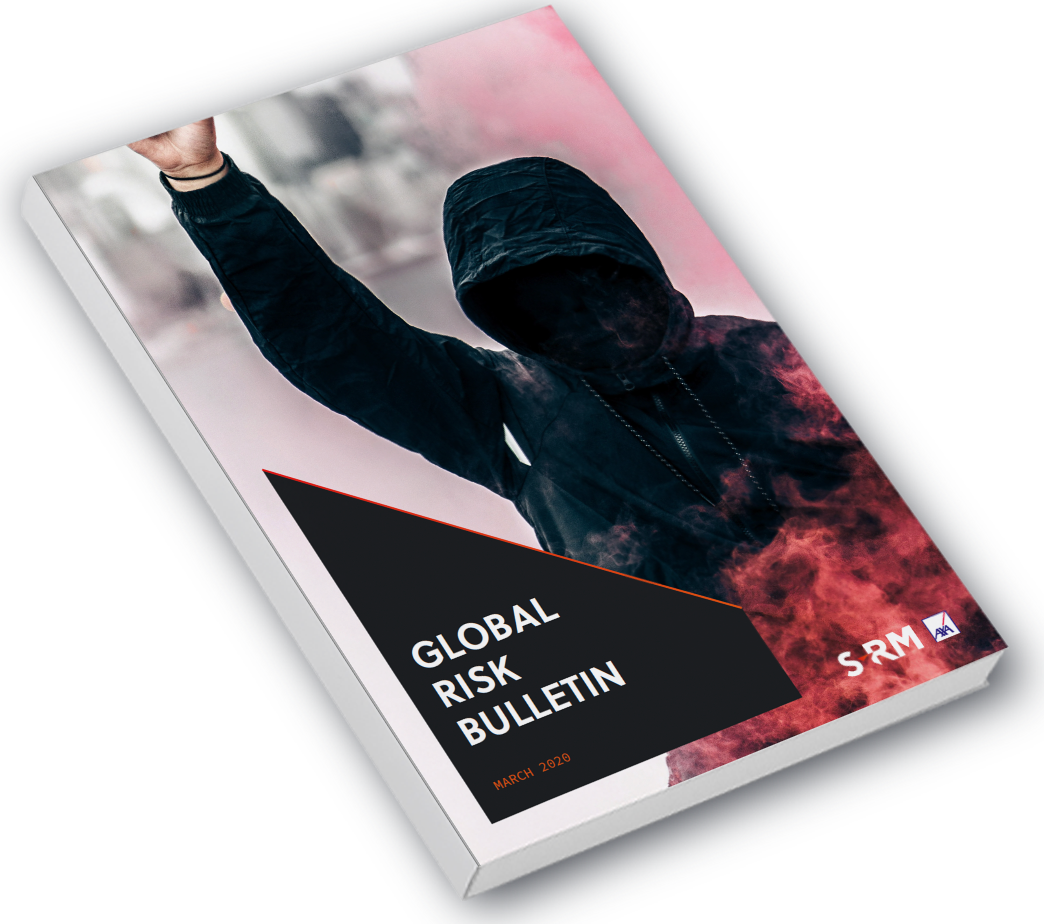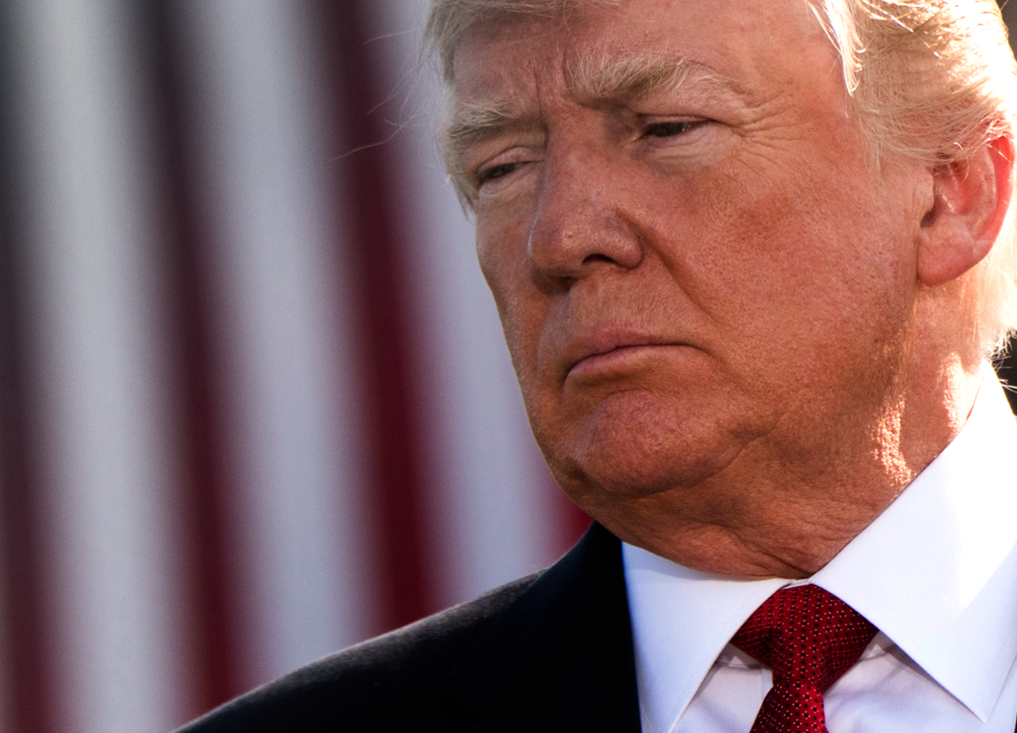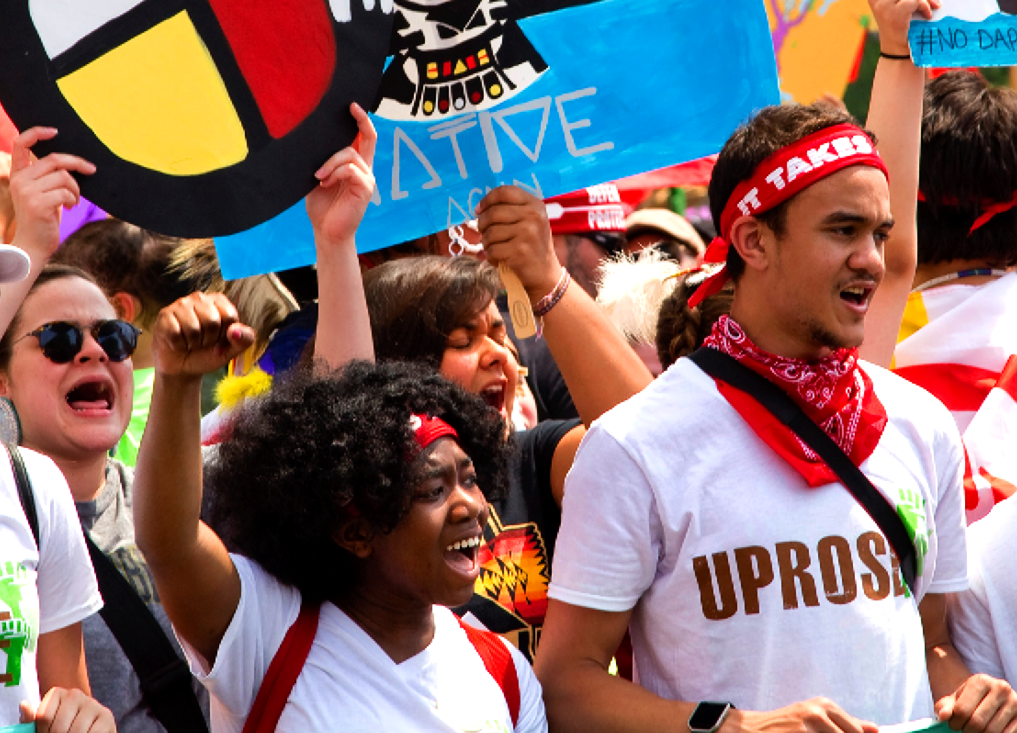In this edition of the Global Risk Bulletin, we look at the growth of the far-right terror threat in the US, examine how the COVID-19 pandemic has impacted protests and violence in the lead-up to the US presidential elections in November, and explain how a protest over a gas pipeline caused widespread commercial disruptions in Canada.
Far Right Rising: The Growing Threat of White Supremacists in the US
 Since 2010, the US has experienced an increase in right-wing terror attacks that now present a far greater threat to the country than attacks inspired by Islamist extremism. With the growing availability of online platforms to motivate white supremacists and right-wing extremists, incidents driven by anti-immigrant, anti-Semitic, and ethno-supremacist sentiment will likely continue. This article considers the capabilities of right-wing threat actors to stage further attacks on US soil. Read the article
Since 2010, the US has experienced an increase in right-wing terror attacks that now present a far greater threat to the country than attacks inspired by Islamist extremism. With the growing availability of online platforms to motivate white supremacists and right-wing extremists, incidents driven by anti-immigrant, anti-Semitic, and ethno-supremacist sentiment will likely continue. This article considers the capabilities of right-wing threat actors to stage further attacks on US soil. Read the article
US Elections: Protests in THE time of Covid-19
 Studies have shown that ideological and public violence peaks during election periods. Ahead of the November 2020 presidential elections, this prompted fears that President Donald Trump’s polarising political views would drive an escalation in hate crimes and clashes between rival protesters. With the outbreak of COVID-19, many US states have limited public gatherings, which will significantly decrease the opportunities for such violence. This article explores the manifestation of protest action amid the lockdown period. Read the article
Studies have shown that ideological and public violence peaks during election periods. Ahead of the November 2020 presidential elections, this prompted fears that President Donald Trump’s polarising political views would drive an escalation in hate crimes and clashes between rival protesters. With the outbreak of COVID-19, many US states have limited public gatherings, which will significantly decrease the opportunities for such violence. This article explores the manifestation of protest action amid the lockdown period. Read the article
Indigenous anti-pipeline protests: Canada’s economy in unchartered territory
 In February and March 2020, Canada’s indigenous Wetʼsuwetʼen First Nation and their supporters escalated widespread, commercially disruptive protests against the construction of the Coastal GasLink pipeline through British Columbia. Although protesters and the government have recently reached a tentative agreement, a permanent solution is not guaranteed. In this article, we assess the wide-ranging commercial implications for energy companies operating in Canada’s indigenous territories. Read the article
In February and March 2020, Canada’s indigenous Wetʼsuwetʼen First Nation and their supporters escalated widespread, commercially disruptive protests against the construction of the Coastal GasLink pipeline through British Columbia. Although protesters and the government have recently reached a tentative agreement, a permanent solution is not guaranteed. In this article, we assess the wide-ranging commercial implications for energy companies operating in Canada’s indigenous territories. Read the article




 Email Markus
Email Markus





 @SRMInform
@SRMInform
 S-RM
S-RM
 hello@s-rminform.com
hello@s-rminform.com

